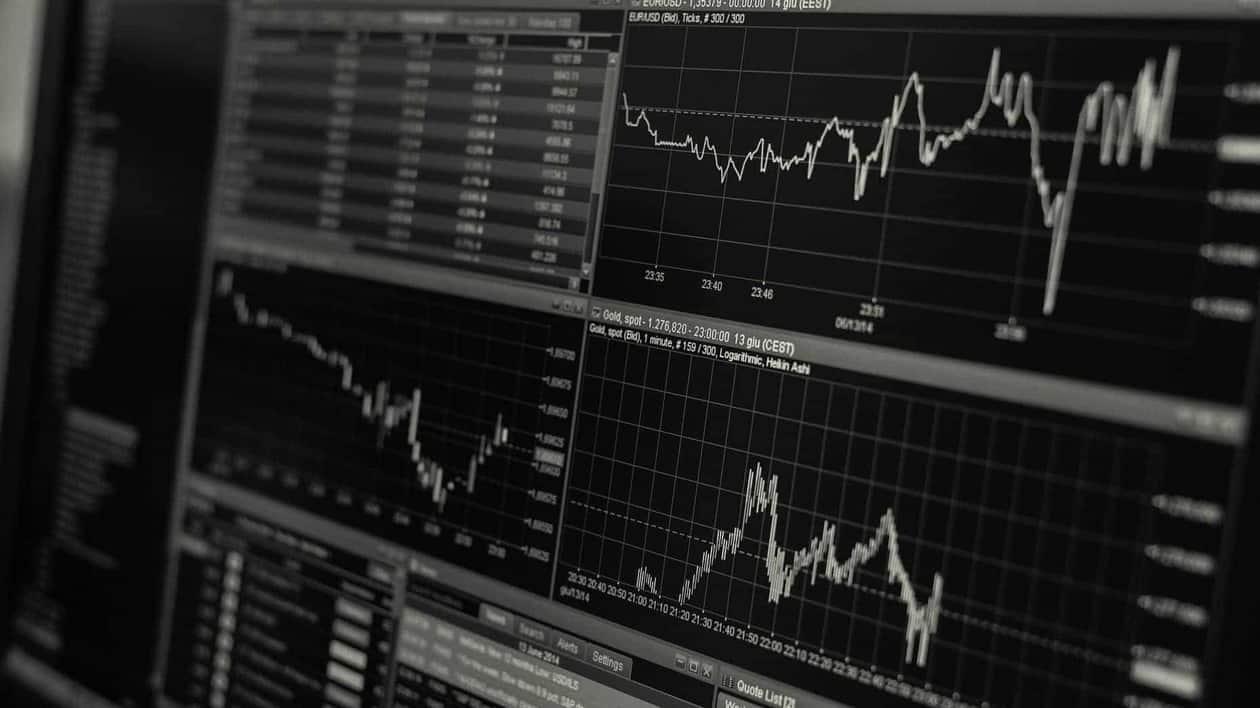Circuit limits are set by stock exchanges to restrict the maximum percentage movement of a stock in a single day.
By setting circuit limits, the stock exchanges are informing us that no matter what, this specific stock cannot increase or decrease by more than a specific percentage in a single day.
For instance, if a stock closed at Rs. 100 yesterday and the stock exchange does not want it to rise more than, say, 20% today, the upper circuit limit would be set at Rs. 120. On the other hand, the downside would be limited to ₹80 in the case of a 20% lower circuit limit.
The circuit limits are set each day based on the stock's volatility and the flow of news.
What exactly happens when stocks hit these limits?
The idea is very clear here that the trading is halted when the stock hits the upper or lower limit. Let's say the stock that was trading at ₹100 the day before, goes all the way up to ₹120. The stock exchange would then declare that there will be no further trading beyond this point and that the price cannot rise above this level.
The same would apply if the lower circuit limit is reached and the stock drops all the way to ₹80. Next day the stock can go down further, but as of the given day, the maximum movement would be retained at ₹80.
How to check circuit limit?
Step 1
Log onto https://www.nseindia.com/
Step 2
On the search bar, type the company's name, symbol or keyword
Step 3
Under 'Price Information' table, check the upper band and lower band of the stock on that day.
Why do we need these limits on any stock?
These kinds of excessive price movements are what the stock exchange are trying to avoid and that's the whole purpose of having the circuit limits.
One of the main reasons why stock exchanges have circuit limits is volatility, which can be extremely dangerous for retail investors and traders. The real goal of stock exchanges having circuit limits is to reduce volatility. If a stock can go up and then down, this can make many investors very anxious.
The second reason is excessive speculation. Many traders believe that if they purchase stocks at a certain price, they will profit. This thinking is the cause of enormous losses.
The idea behind circuit limits is to prevent investors or traders from heavy losses due to any manipulation. By limiting the movement of a stock to a certain percentage within one day, the bourses are curbing excessive speculation and manipulation.
Are these circuit limits the same for all the stocks?
Here, we must consider the circuit restrictions in the context of three distinct categories: Non-F&O which has almost all stocks, F&O which has 200 to 300 stocks and market-wide circuit limits.
Non-F&O stocks: Over 90% of the stocks belong to this category. For non-F&O stocks, the rule is very simple: exchanges have set the limit of 5%, 10% or 20%, depending on the stock. If the stock is very small and is prone to manipulation, the circuit limit will be of 5% but if it's relatively a stable stock it can be of 10% limit and for bigger companies, the circuit limit can go up to 20%.
20%, however, is the maximum limit allowed.
F&O stocks: Basically, F&O stocks do not have a fixed circuit limit.
This means stock exchanges do not currently have a limit on how much an F&O stock can move. It can go up to 50%, 60%, 70%, 90%, or even 100%. The reason they have these bands is because the transaction is suspended for a while and then resumed when the stock rises to the higher band level.
So, in the case of F&O stocks, it's more of a pause than a stop in the trade.
Market-wide circuit limit: We are not referring to specific stocks, but rather to market-wide movements on days when the benchmark indices, such as the Nifty and Sensex, can go up or down by 10% or 15%. The stock exchanges have certain regulations regarding market-wide movements.
If Nifty or Sensex goes 10% up or 10% down before 13:00 IST, the market will halt trading for 45 minutes and then there will be a pre-auction just like pre-market open and then the market will resume.
If the benchmarks move up or down by 20%, the trading is halted for the remainder of the day.
Listing Day of an Initial Public Offering (IPO)
A company doesn't have any circuit limit on the listing day, hence, it can go up 50-60% or down 50-60%. Exchanges do not halt trading because it's the day the real price discovery is happening. After the listing day, the exchanges will start setting limits which could be 10%, 20%, etc.
